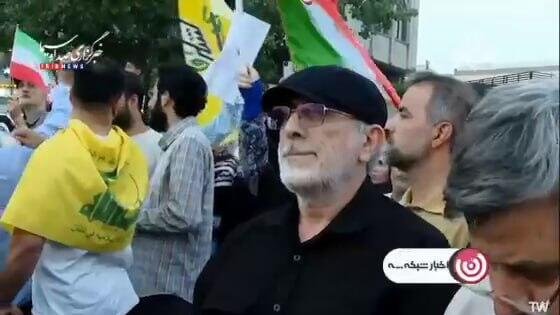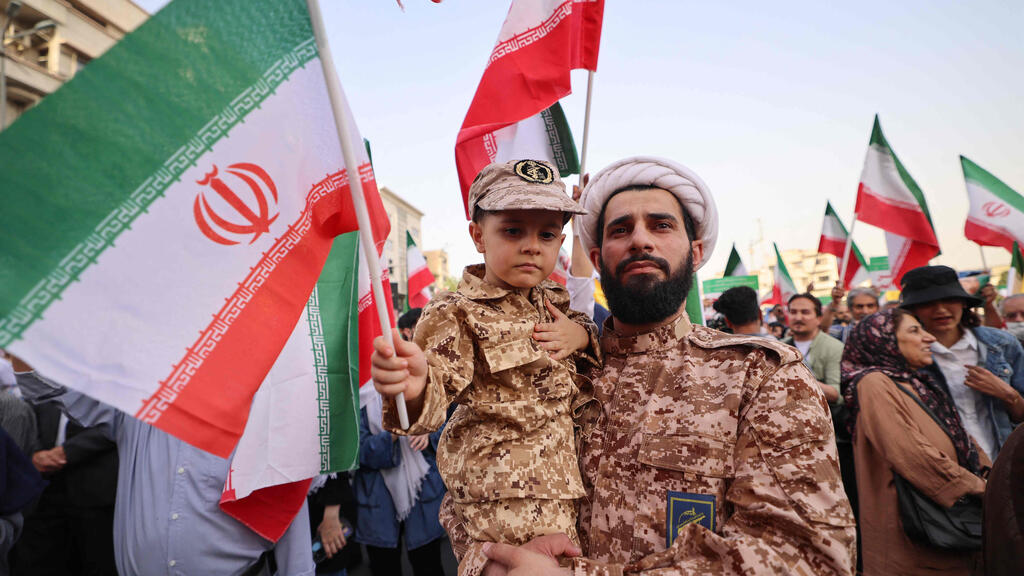Qaani, 62, was seen speaking with revelers waving Iranian flags in Revolution Square. Wearing civilian clothes and a black baseball cap, the Quds Force chief appeared in good health. Iranian media offered no explanation for his disappearance or his whereabouts during the war, fueling further speculation.
Esmail Qaani in Iran after ceasefire with Israel
Under his leadership, the force has continued supporting proxy militias across the Middle East, including Hezbollah in Lebanon, the Houthis in Yemen and Iranian-backed militias in Syria and Iraq—what officials often refer to as Iran’s “ring of fire” surrounding Israel.
The Quds Force has also been tied to terror attacks abroad, including the 2012 bombing of an Israeli tourist bus in Burgas, Bulgaria, which killed five Israelis. Iranian operatives under Quds Force command have attempted to assassinate Israeli diplomats and envoys in countries like Thailand, Georgia, India, Azerbaijan, Turkey and others.
Qaani has long been viewed as a less charismatic and more low-profile figure than Soleimani. Still, Israeli and Western analysts believed he was a key target in the opening stages of Israel’s recent Operation Rising Lion.
On June 13, The New York Times reported—based on unnamed sources—that Qaani had been killed in an Israeli strike alongside other senior Iranian military officials. That report was never officially confirmed and his reappearance Tuesday proves it was inaccurate.
This isn't the first time Qaani has vanished from public view under suspicious circumstances. Last year, he disappeared for over two weeks amid a wave of Israeli assassinations, including that of Hezbollah leader Hassan Nasrallah and other senior Iranian allies.
His absence sparked rumors that Iran’s regime had detained and interrogated him on suspicion of secretly cooperating with Israeli intelligence. Some even claimed he suffered a heart attack during questioning. Tehran denied the reports and Qaani eventually reemerged on state TV on October 15 during a funeral ceremony for a Quds Force commander killed alongside Nasrallah.
Despite his public return, questions remain about Qaani’s role during the recent conflict—and whether his disappearance reflected internal IRGC tensions or Israeli intelligence pressure.




